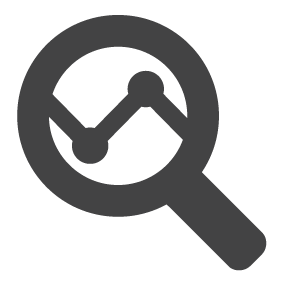Topics: Sleep Apnea, Sleep Health
If you've undergone a sleep study (polysomnography), you may feel overwhelmed by the detailed report detailing your sleep patterns. Deciphering these results is crucial for understanding your sleep health and developing a treatment plan. This guide breaks down the critical components of your sleep study report, empowering you to navigate your next steps.
What is a Sleep Study?
A sleep study is an overnight test at a sleep clinic or, in some cases, at home. It monitors various physiological signals during sleep, including:
- Brain waves (EEG)
- Heart rate (ECG)
- Breathing patterns
- Oxygen levels
- Muscle activity
- Eye movements
Key Components of Your Sleep Study Results
- Sleep Stages:
- Your report breaks down the time spent in various sleep stages:
- NREM 1 & 2: Light sleep stages
- NREM 3: Deep, restorative sleep (also called slow-wave sleep)
- REM Sleep: Stage associated with dreaming, important for learning and memory
- Apnea-Hypopnea Index (AHI):
- This crucial metric measures the number of breathing pauses (apneas) and partial airway blockages (hypopneas) you experience per hour of sleep.
- An AHI is used to diagnose and determine the severity of sleep apnea:
- Normal: AHI less than 5 events per hour
- Mild Sleep Apnea: AHI 5-15 events per hour
- Moderate Sleep Apnea: AHI 15-30 events per hour
- Severe Sleep Apnea: AHI over 30 events per hour
- Oxygen Saturation Levels:
- Your report tracks blood oxygen levels throughout the night. Significant, recurrent dips in oxygen saturation are common in sleep apnea and contribute to various health risks.
- Arousal Index:
- This measures the number of brief awakenings or disruptions throughout the night. While some arousals are normal, a high arousal index can indicate fragmented sleep.
- Sleep Latency & Efficiency:
- Sleep Latency: The time it takes you to fall asleep.
- Sleep Efficiency: The percentage of time spent actually sleeping versus time spent in bed.
- Limb Movements:
- Your report may track leg movements during sleep, as restless leg syndrome or periodic limb movement disorder can disrupt sleep.
Additional Notes in Your Sleep Study Report
- Sleep Position: Time spent in various positions (back, side, stomach) can be tracked, potentially revealing patterns linked to breathing issues.
- Heart Rate Patterns: Changes in heart rate may suggest sleep disorders or other health conditions.
- EEG Abnormalities: Occasionally, unusual brain wave activity may be detected, signifying other potential sleep disorders.
Understanding Your Diagnosis
Your sleep specialist will carefully review your results and provide a diagnosis. If sleep apnea is diagnosed, further testing may occasionally be required to determine the precise type (obstructive, central, or mixed sleep apnea ). Other possibilities include:
- Insomnia: Difficulty falling or staying asleep, unrelated to breathing problems.
- Movement Disorders: Conditions like restless legs syndrome.
- Narcolepsy: A neurological disorder causing excessive daytime sleepiness.
Next Steps: Creating a Treatment Plan
Based on your diagnosis, your doctor will work with you to devise a personalized treatment plan. Common options include:
- CPAP Therapy: The gold-standard treatment for obstructive sleep apnea, providing mild continuous air pressure to keep your airway open while you sleep.
- Other Positive Airway Pressure Devices: BiPAP and VPAP machines offer an alternative for those who struggle with CPAP.
- Oral Appliances: Custom-fitted mouthpieces that reposition the jaw to aid breathing during sleep.
- Lifestyle Changes: Weight loss, exercise, avoiding alcohol/sedatives before bedtime play a supportive role.
- Surgery: In specific cases, treatments to address anatomical airway concerns might be considered.
